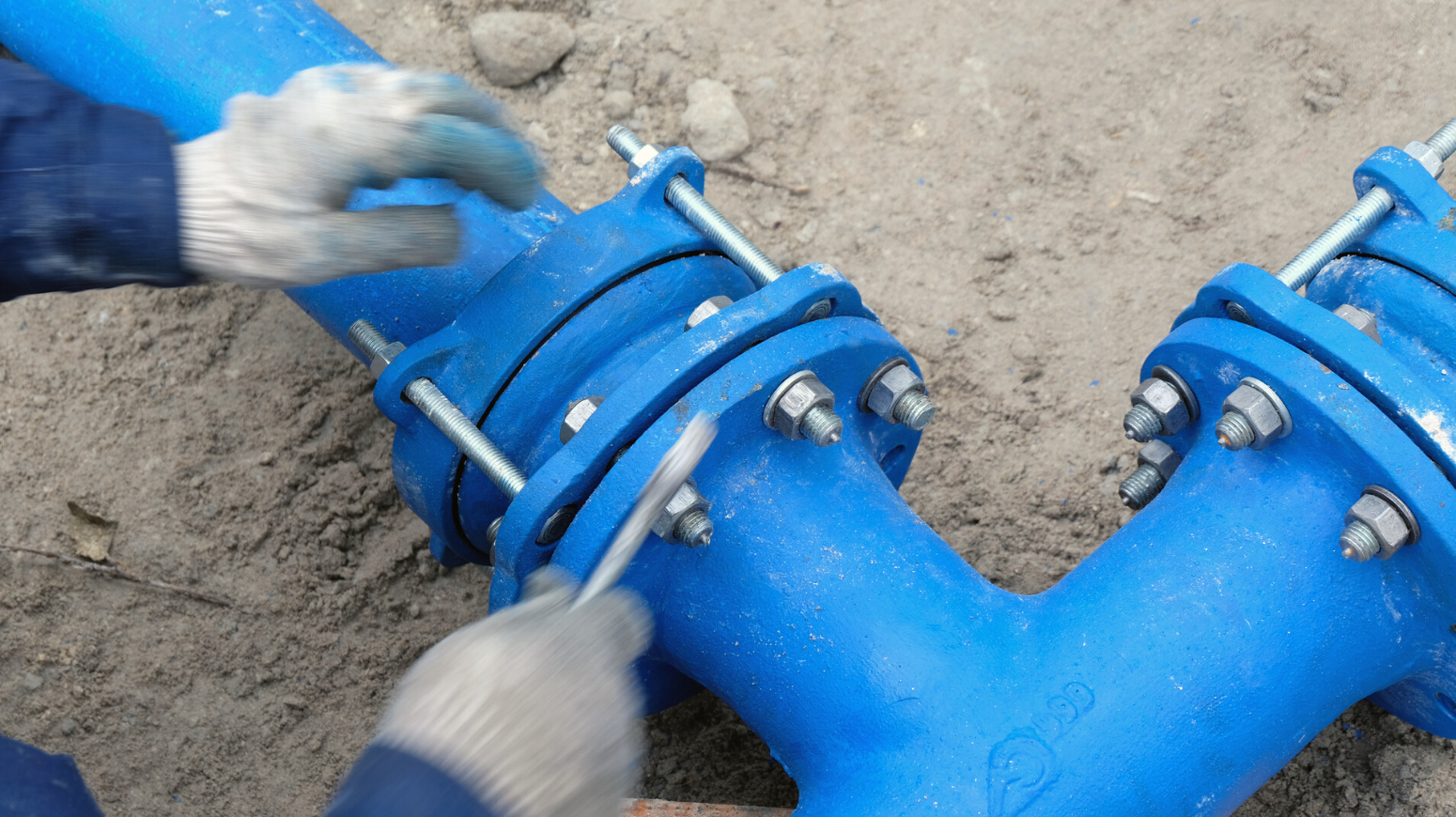Our Projects
We created a strategy that will keep water flowing to NFBWA while reducing groundwater usage by 60% to prevent subsidence.
Keep it Flowing
Surface water is necessary to combat subsidence and to meet the Fort Bend Subsidence District's "FBSD" groundwater reduction requirements. To keep water flowing from the tap, it must first be treated and pumped several miles across the City of Houston into Fort Bend County. This process requires massive planning, engineering, and operational efforts.
NFBWA has partnered with an alliance of regional water providers to construct the impressive infrastructure necessary to serve surface water across the Houston region. Our partners in preventing subsidence include Central Harris County Regional Water Authority, City of Houston, Coastal Water Authority, North Harris County Regional Water Authority, and West Harris County Regional Water Authority.
“I think people don’t necessarily know, when they turn on the faucet, how much work goes into bringing them that water.”
Lianna Gregorian
Water Force Member
Path of Water Animation
To keep water flowing from the tap, it must first be treated and pumped more than 68 miles across the City of Houston into Fort Bend County. This process requires massive planning, engineering, and operational efforts for massive infrastructure projects.
Learn about the Path of Water from Lake Houston to North Fort Bend
Luce Bayou Interbasin Transfer Project
The Luce Bayou Interbasin Transfer Project "LBIBTP" is a $351 million dollar system that will transfer 500 million gallons of water per day from the Trinity River all the way to Lake Houston. The water will travel through the Capers Ridge Pump Station, 24 miles of constructed canals, and through two side-by-side 96-inch diameter water lines to reach its destination. The LBIBTP construction was completed in 2021.
Learn more about the Luce Bayou Interbasin Transfer Project
Northeast Water Purification Plant Expansion
The Northeast Water Purification Plant "NEWPP" is a $1.9 billion dollar surface water treatment plant expansion that will increase the treatment capacity from the current 80 million gallons a day to 400 million gallons a day. The project is led by a partnership of regional water authorities and the City of Houston and is the largest design-build project of its kind in the United States. The project will have an Intake Pump Station located in Lake Houston that will pump water from Lake Houston through side-by-side 108-inch water lines. The NEWPP is scheduled for completion in 2024.
Learn more about the Northeast Water Purification Plant Expansion
Surface Water Supply Project
The Surface Water Supply Project "SWSP" is a $1.2 billion dollar water transmission system that will carry treated surface water from the Northeast Water Purification Plant across almost 55 miles of Harris County to water users in the NFBWA and the West Harris County Regional Water Authority. It is the direct path in bringing the needed surface water to our residents from the City of Houston. The water lines range in size from 42-inch to 96-inch diameter, and two pump stations are required as part of the SWSP to re-pressurize the water line before it arrives at the NFBWA. The SWSP is scheduled for completion in 2026.
Learn more about the Surface Water Supply Project
NFBWA Internal Distribution Water Lines
Once water arrives at the NFBWA, it still needs to be sent to our retail water providers. We have already constructed 53 miles of surface water lines to deliver up to 19.5 million gallons of water a day to our residents. We are currently planning and implementing the design and construction of over 30 miles of additional water lines to distribute water from the Surface Water Supply Project to additional retail water providers. Construction of our internal distribution water lines is ongoing and will occur in phases through 2030.
View the Internal Distribution Lines on our Online Interactive Map


